
Interested on Cancer origins and how nutrients and social cellular interactions affect the Tumor Geography, Ecology, and Evolution.
Part of the Center for Genomics & Systems Biology and the Department of Biology at
www.nih.gov/news-events/...
@nature.com
www.nature.com/articles/s41...

www.nih.gov/news-events/...
@nature.com
www.nature.com/articles/s41...

Targeting CNDP2, a key enzyme in this process, could offer a novel therapeutic strategy.
Cool concept, elegantly tested + penguins in figure!
doi.org/10.1038/s415... 🧪

Targeting CNDP2, a key enzyme in this process, could offer a novel therapeutic strategy.
Cool concept, elegantly tested + penguins in figure!
doi.org/10.1038/s415... 🧪
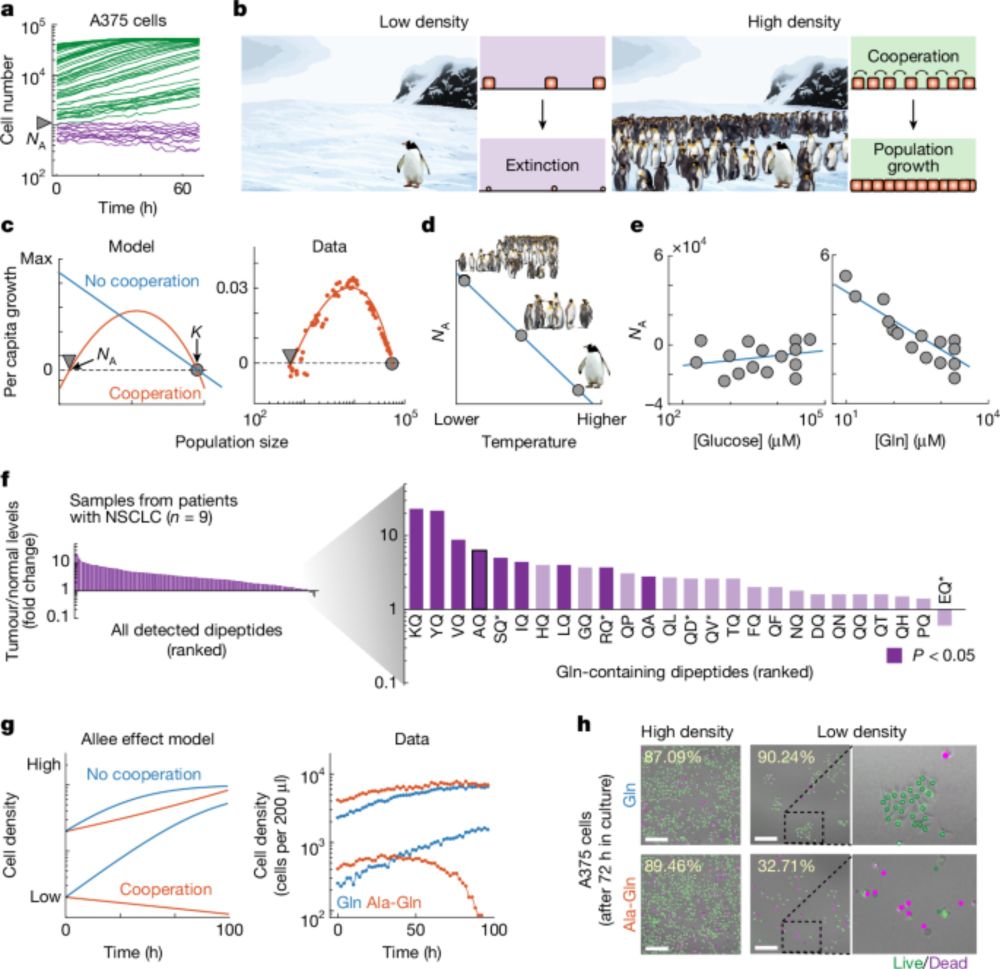
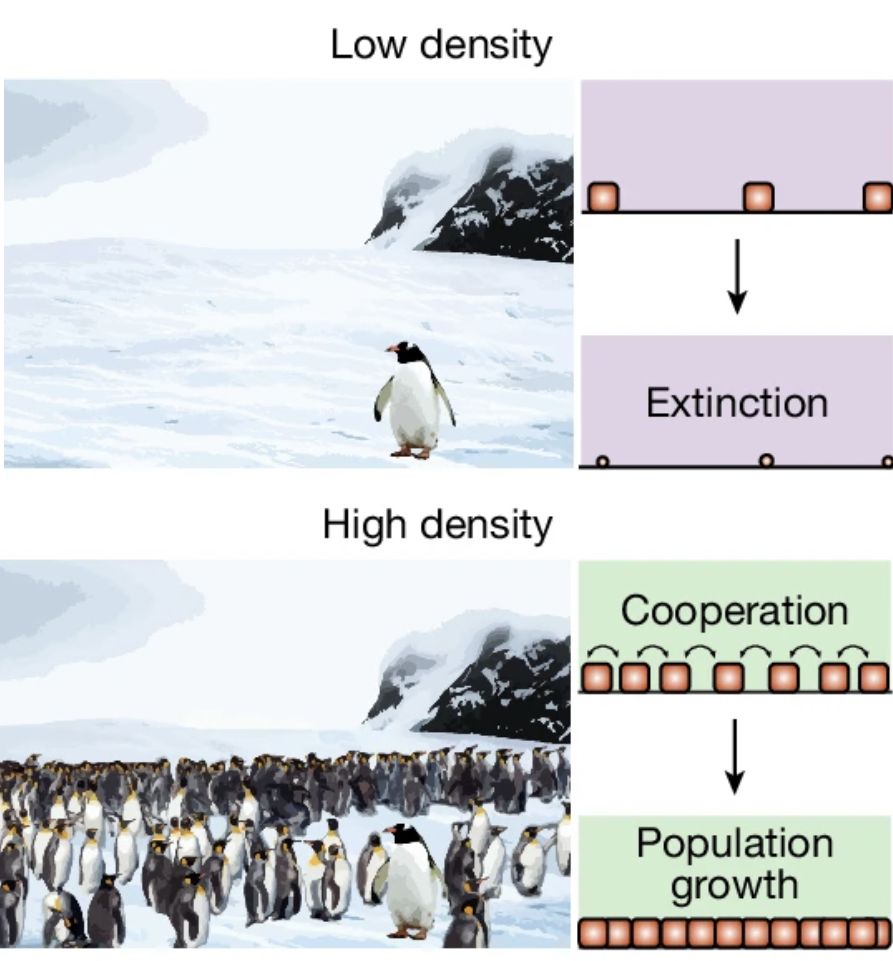
In fact, we are concluding that not doing science at all may be the most cost efficient form of science…
In fact, we are concluding that not doing science at all may be the most cost efficient form of science…
We find that classical models of collective behavior fail to account for collective motion.
www.science.org/doi/10.1126/...
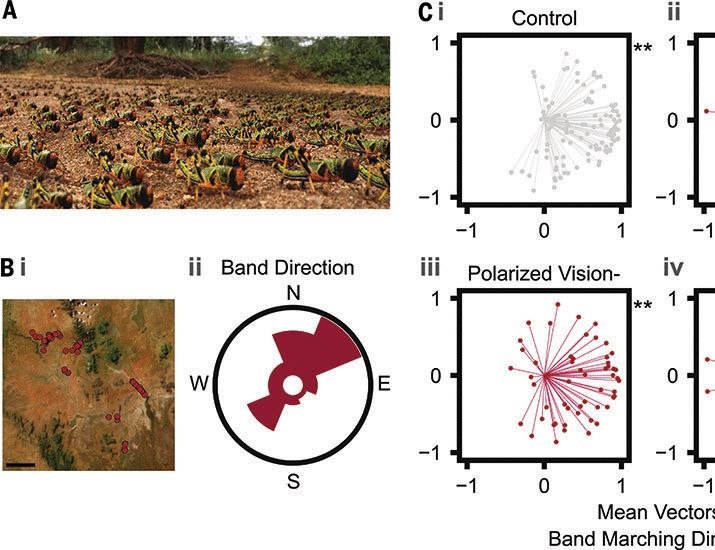
We find that classical models of collective behavior fail to account for collective motion.
www.science.org/doi/10.1126/...

We find that classical models of collective behavior fail to account for collective motion.
www.science.org/doi/10.1126/...
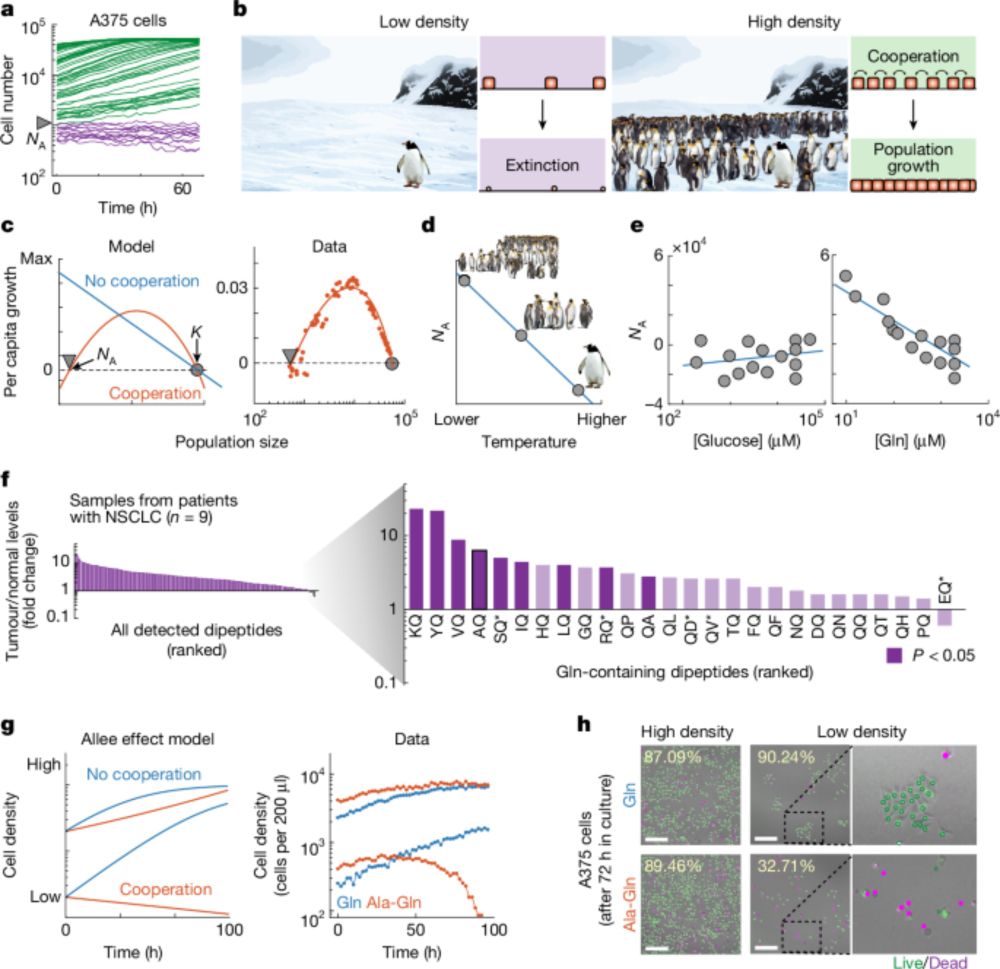
Second: I am very proud of the people in our lab. We are a small group in a Bio department and this work took an enormous amount of effort from every one here.
rdcu.be/eaxEz
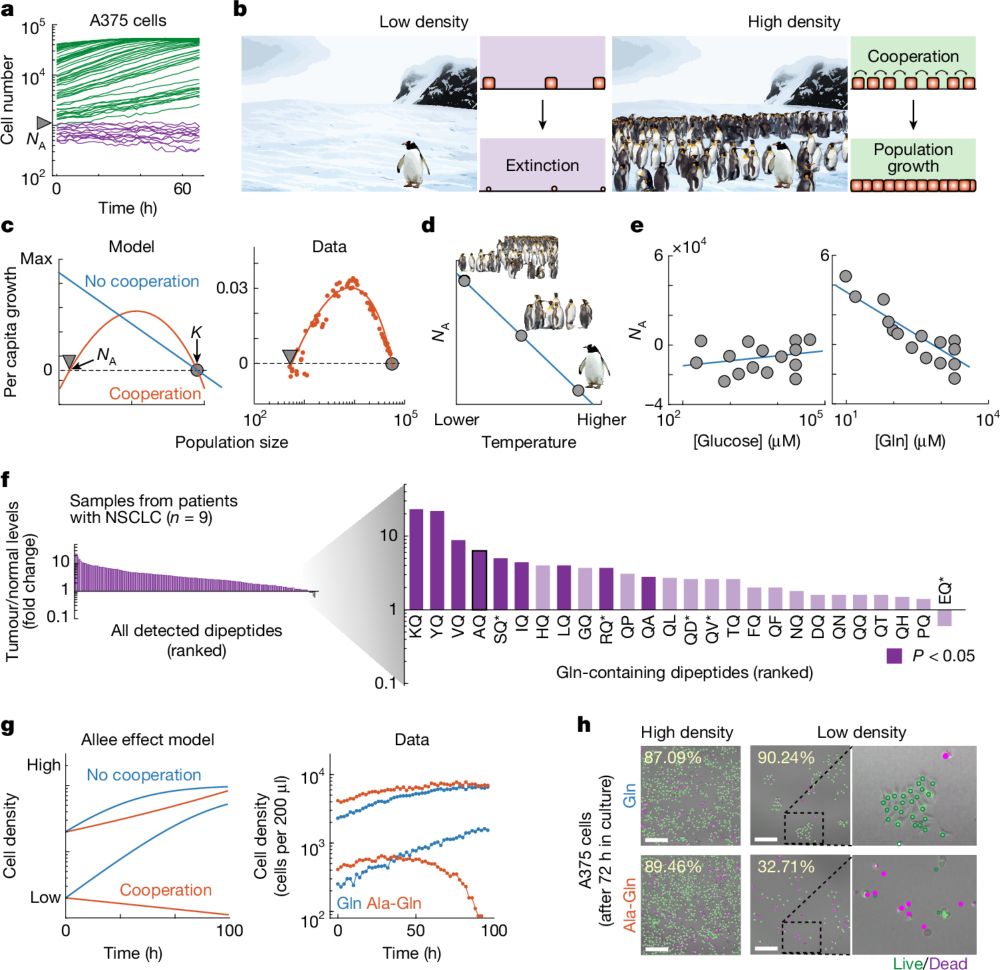
Second: I am very proud of the people in our lab. We are a small group in a Bio department and this work took an enormous amount of effort from every one here.
rdcu.be/eaxEz

It's about the 3MIC, a simple 3D culture system to recreate some of the complexities of the tumor microenvironment. Online now at LSA
www.life-science-alliance.org/content/8/1/...

It's about the 3MIC, a simple 3D culture system to recreate some of the complexities of the tumor microenvironment. Online now at LSA
www.life-science-alliance.org/content/8/1/...
Did I miss anything?

Did I miss anything?
Welcome to the Carmofon Lab account.
Bye bye Twitter
Welcome to the Carmofon Lab account.
Bye bye Twitter

